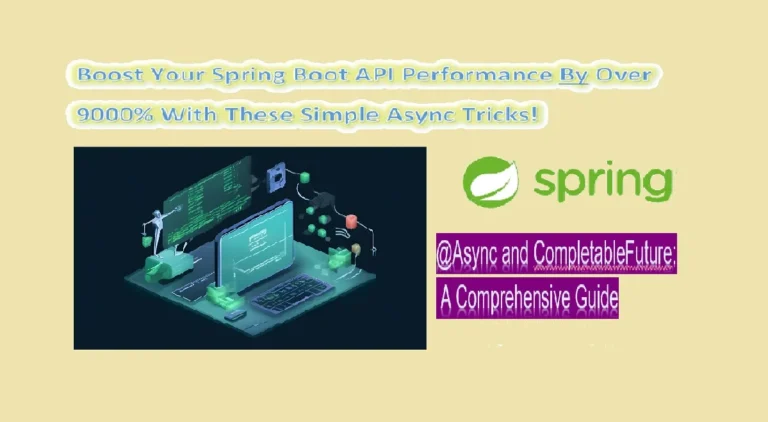Exploring the Power of Java 8 Parallel Streams
Java 8 introduced the Stream API, providing a modern and functional approach to working with collections. Among its features, parallel streams stand out as a powerful tool for parallelizing operations, potentially boosting performance on multi-core processors. In this blog post, we’ll delve into the basics of Java 8 parallel streams, providing code examples and insights…










